Eastern Tiger Swallowtail Butterflies Host Plants
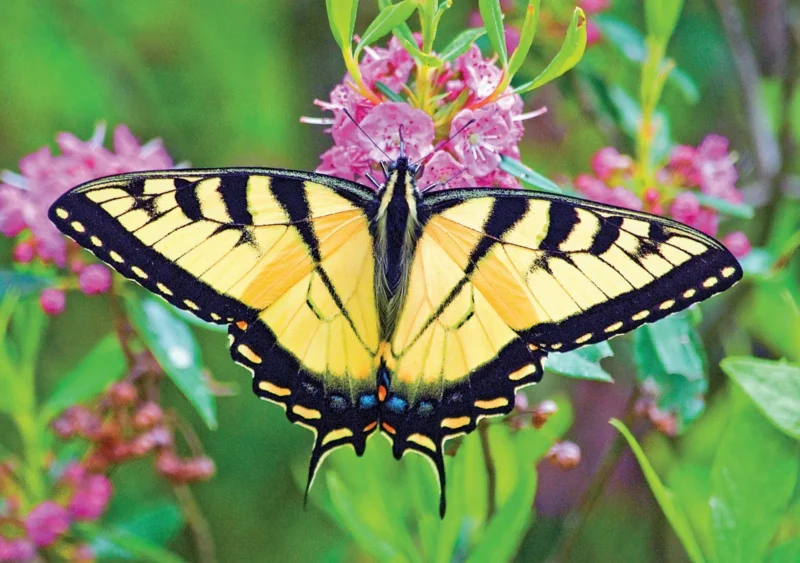
Have you ever seen a butterfly so beautiful that it takes your breath away? The Eastern Tiger Swallowtail Butterfly is one of those butterflies. This stunning insect can be found throughout the eastern United States and is known for its striking coloration, large size, and graceful flight. But did you know that this butterfly has unique characteristics and preferences when it comes to host plants? In this article, we’ll explore everything there is to know about Tiger Swallowtail host plants.
Eastern Tiger Swallowtail Butterfly
The Eastern Tiger Swallowtail (Papilio glaucus) belongs to the family Papilionidae, which includes some of the most widely recognized butterflies in North America. These beauties have an impressive wingspan ranging from 3 to 5.5 inches long, making them one of our largest native species.
One distinguishing feature on their forewings is four black stripes running parallel with yellow or black coloring between each stripe. This gives them a tiger-like appearance, hence their name “tiger swallowtails.” Their hindwings have blue spots near their tails along with false eyespots designed as defense mechanisms against predators like birds. These markings may confuse predators, allowing the butterflies to escape.
These magnificent creatures come in two forms. Dark form females mimic pipevine swallowtails, while males resemble spicebush swallowtails. Both sexes display similar wing patterns overall, regardless of whether they’re light or dark morphs.
Characteristics of Eastern Tiger Swallowtail
Eastern Tigers are generalists, meaning they feed on nectar sources including flowers such as milkweed, coneflower, phlox, and joe pye weed, among others. They help with pollination, supporting other wildlife populations too! They’re also attracted to puddling – gathering around shallow pools seeking sodium ions and amino acids. These essential nutrients are necessary for proper development, reproductive health, maintenance, longevity, and survival rates during migration periods.
Eastern Tiger Swallowtail Caterpillars
Eastern Tiger Swallowtail caterpillars are a sight to behold! Their green bodies have black stripes and white dots, with orange spikes on their backs. These caterpillars feed on a variety of host plants including ash, magnolia, willow, tulip tree, and wild cherry, among others. They lay eggs singly, giving each offspring the best chance for survival.
The larvae go through several molts before pupating into chrysalises. In cooler climates, they overwinter, while in warmer temperatures, they emerge as adult butterflies in springtime.
Female Eastern Tiger Swallowtails
Female eastern tiger swallowtails generally lay their eggs on common host plants such as sweetbay, birch, northern prickly ash, parsley, rue, citrus trees, and native cherry. They also use different plants depending upon availability during the breeding season. Females may lay multiple broods throughout the summer months, increasing population numbers and helping ensure species diversity and longevity within ecosystems.
Tiger Swallowtail Host Plants
Tiger swallowtails use a wide variety of host plants which provide food sources for both adults and larvae, ensuring healthy populations year-round! The most preferred hosts include Wild Black Cherry (Prunus serotina), Sweet Bay Magnolia (Magnolia virginiana), Northern Prickly Ash (Zanthoxylum americanum), and Tuliptree (Liriodendron tulipifera). Nectar sources include Queen Anne’s Lace (Daucus carota), Joe Pye Weed (Eutrochium spp.), Phlox paniculata, and Purple Coneflower (Echinacea purpurea), just to name a few.
These beautiful creatures need access to these specific plant species at various stages throughout development, from egg-laying sites all the way until adulthood. This allows them to have proper nutrition, growth, reproductive health, maintenance, longevity, and survival rates, especially during migration periods.
Wild Black Cherry (Prunus serotina)
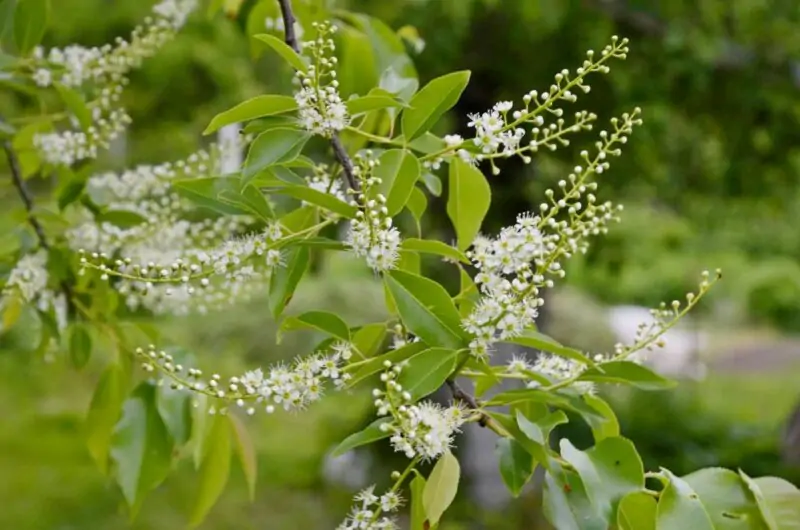
This tree, native to the eastern United States, can grow up to 80 feet tall. Its bark is dark and scaly, and its leaves are oval-shaped with serrated edges. In spring, it produces clusters of small white flowers that attract pollinators like bees and butterflies. Later in the summer, it bears fruit that birds love.
Sweet Bay Magnolia (Magnolia virginiana)
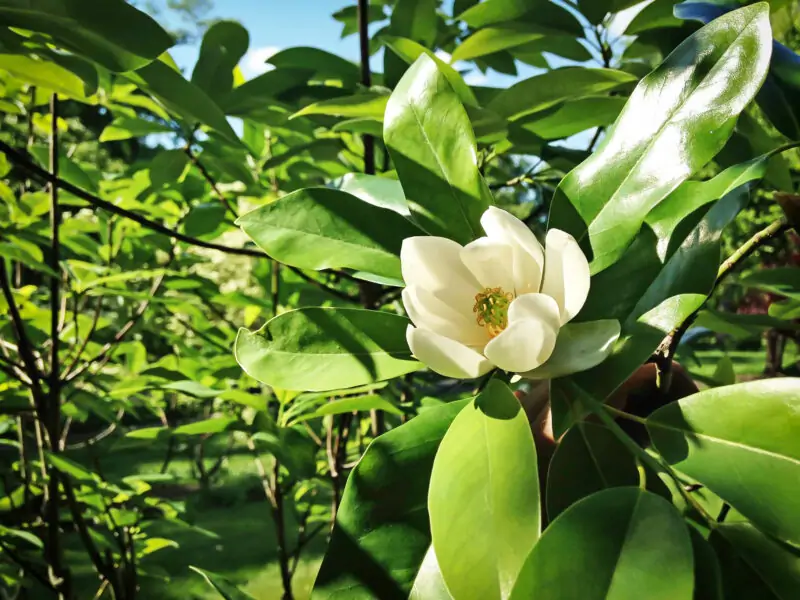
This evergreen or deciduous shrub or small tree grows up to 50 feet tall. It thrives in wetlands throughout much of Eastern North America, from Florida to New England and westward along the Gulf coast. Its fragrant white flowers bloom from May through July.
Northern Prickly Ash (Zanthoxylum americanum)
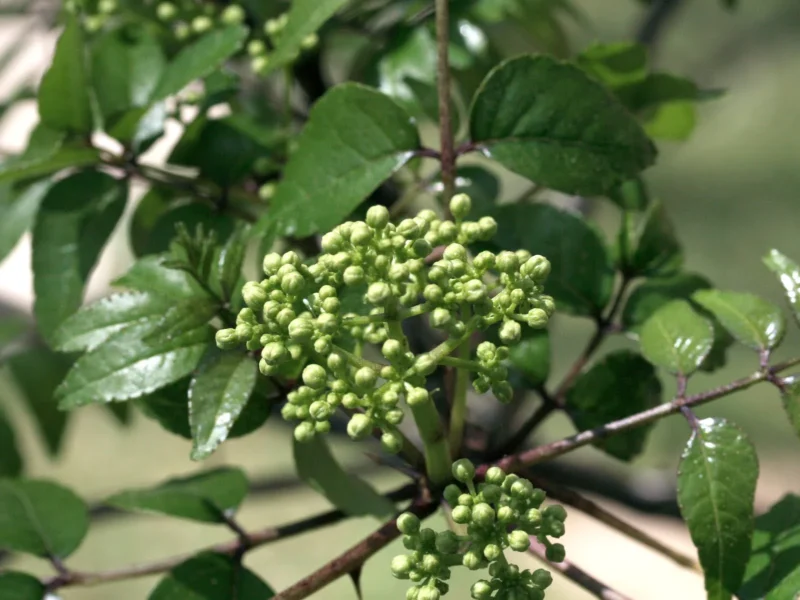
This medium-sized shrub is found across much of Eastern North America, including Canada’s southern regions and down towards Mexico. It has thorns on its branches that deter grazing animals like deer but not insects like swallowtail caterpillars! In early summer, its greenish-yellow blooms attract various pollinators.
Tuliptree (Liriodendron tulipifera)
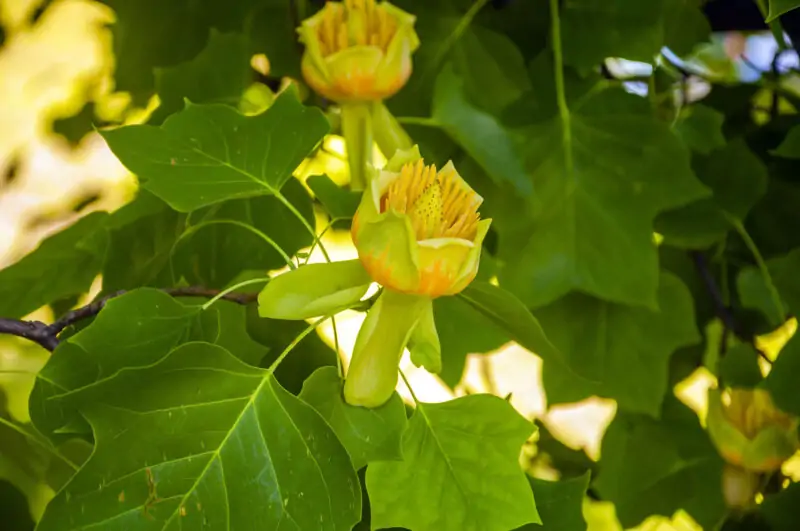
Also known as yellow poplar or tulip poplar, this fast-growing hardwood species can reach heights over 100 feet, making it one of the tallest trees east of the Mississippi River! In late spring and early summer, it produces large, cup-shaped yellow-green flowers resembling tulips.
Preferred Host Plants
While there is no one-size-fits-all answer regarding preferred host plants for Eastern Tiger Swallowtails, some common host plants include Ash, Magnolia, Willow, and Wild Black Cherry. These trees provide the perfect environment for swallowtail caterpillars to lay their eggs and feed on the leaves.
Nectar Plants
Tiger Swallowtail butterflies require nectar sources to survive. Some of their preferred nectar plants are Queen Anne’s Lace (Daucus carota), Joe Pye Weed (Eutrochium spp.), Phlox Paniculata, and Purple Coneflower (Echinacea purpurea). By planting these flowers in your garden or yard, you can help support healthy populations of this stunning butterfly species!
Queen Anne’s Lace, a common flowering weed found across most of the U.S., especially in roadsides, fields, meadows, and open woods. It provides abundant nectar for many butterfly species, including tiger swallowtails and monarchs.
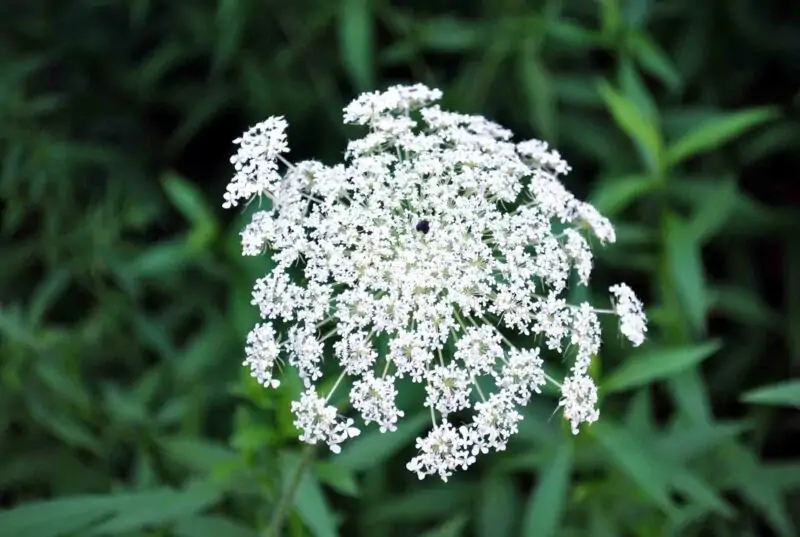
Joe Pye Weed is another popular choice among gardeners due to its beautiful pink-purple flower heads that attract various bees, hummingbirds, and moths year-round.
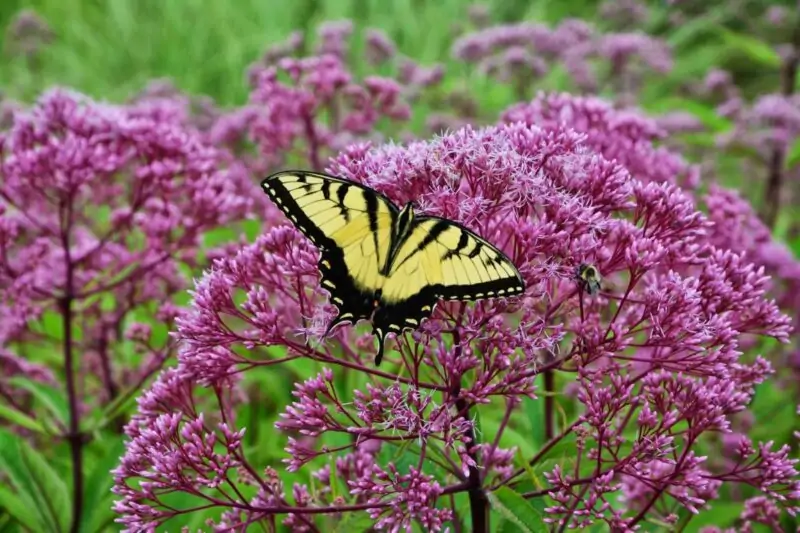
Phlox paniculata is a garden favorite, known for its fragrant pink, purple, or white blooms that attract hummingbirds and butterflies alike.
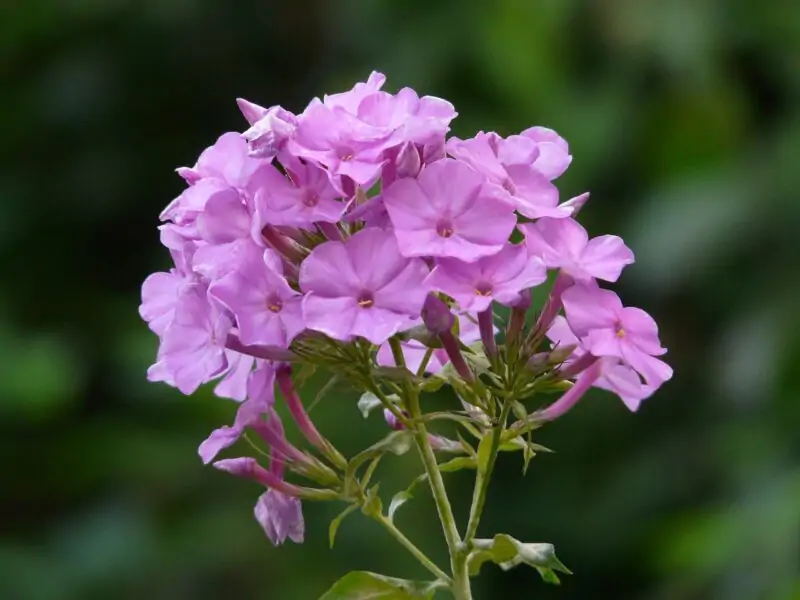
Purple Coneflower (Echinacea purpurea) is an herbaceous perennial native to central and eastern North America. It produces large, daisy-like flowers in shades of pink, purple, and white, making it an attractive choice for gardens and a valuable nectar source for butterflies.
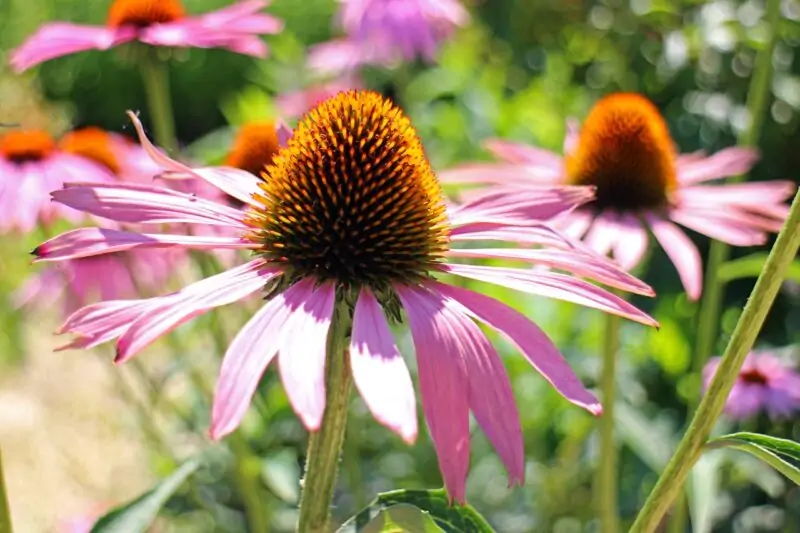
Swallowtail Butterfly Variants
In addition to the Eastern Tiger Swallowtail Butterfly, there are several other types of swallowtails that inhabit North America. Here’s a brief overview:
Giant Swallowtail
The giant swallowtail is one of our largest native butterfly species, with wingspans up to 14 cm long! They’re found throughout much of the eastern US, including the Great Plains regions. They breed on citrus trees like lemons, limes, oranges, and grapefruit, but also use a variety of host plants, such as sweetbay, prickly ash, and hoptree, among others. This provides food sources for both adults and larvae, ensuring healthy population numbers year-round!
Western Tiger Swallowtail
Western tiger swallowtails have similar coloring patterns as eastern tigers, except they’re more prevalent in the west. They breed mostly along rivers and streams, using cottonwood, willows, birches, alders, poplars, sycamores, and oaks as host plants. They lay eggs singly, giving each offspring the best chance of survival and increasing overall diversity within ecosystems.
Black Swallowtail
Black swallowtails are distinguished by large blue spots near their hindwings’ tails. Females resemble male pipevine swallowtails, mimicking defense mechanisms against predators and confusing them into thinking they’re toxic or poisonous, allowing for escape through predator avoidance.
Monarch Butterfly
The monarch butterfly is one of the most widely recognized butterflies in North America. They are known for their bright orange and black coloration, as well as their incredible migration patterns, which can cover thousands of miles each year!
FAQs
Here are some common questions about Eastern Tiger Swallowtail Butterflies:
Swallowtails lay eggs on specific plant species that provide food sources for both adults and larvae, ensuring healthy populations throughout development from egg-laying sites all the way until adulthood. This increases overall diversity within ecosystems.
Caterpillars have an innate sense to locate suitable hosts using chemical cues such as volatile organic compounds (VOCs) released by leaves, stems, and flowers. This helps them identify ideal feeding grounds and lay eggs singly, giving offspring the best chance for survival and long-term reproductive health maintenance.
Puddling refers to the behavior where adult butterflies gather around shallow pools, seeking sodium ions and amino acids, and other essential nutrients not typically found within floral nectars alone. These nutrients are necessary for proper development, reproductive health maintenance, longevity, and survival rates during migration periods.
Conclusion
In conclusion, the Eastern Tiger Swallowtail Butterfly is a stunning creature with unique characteristics and preferences when it comes to their host plants. By planting these preferred tiger swallowtail host plants, trees, and flowers in your garden, you can help support healthy populations of this beautiful butterfly species while also aiding in reproduction through pollination, supporting other wildlife populations across ecosystems worldwide! So, the next time you’re planning your garden, consider adding some of these host and nectar plants to create a welcoming environment for the Eastern Tiger Swallowtail and other butterfly species. Your efforts will not only enhance the beauty of your outdoor space but also contribute to the well-being and preservation of these fascinating creatures.